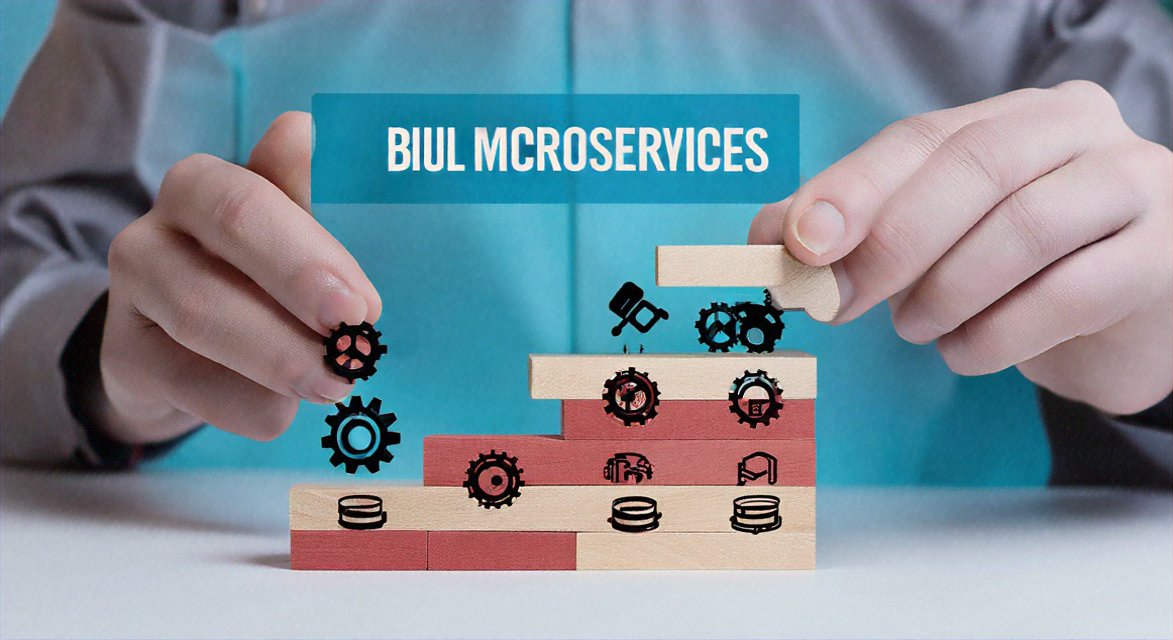Mastering Microservices Input Handling: Ultimate SEO-Optimized Guide for Efficiency & Security

Optimizing Microservices Architecture: A Comprehensive Guide on Input Handling 🌐
Microservices architecture has become a popular choice for modern applications due to its scalability, flexibility, and ease of maintenance. However, one of the most critical aspects of microservices is input handling. This article will delve into the intricacies of optimizing microservices architecture for input handling, providing you with a comprehensive guide to ensure your applications run smoothly and efficiently.
Understanding Microservices Architecture
Before diving into input handling, it's essential to have a clear understanding of microservices architecture. Microservices are a collection of small, independent services that work together to form a larger application. Each service is responsible for a specific functionality and can be developed, deployed, and scaled independently.
Key Principles of Microservices
- Loosely Coupled: Microservices should be loosely coupled to minimize dependencies between services.
- Autonomous: Each service should be autonomous, meaning it can be developed, deployed, and scaled independently.
- Stateless: Microservices should be stateless to ensure scalability and fault tolerance.
- Scalable: Microservices should be designed to scale horizontally to handle increased load.
The Importance of Input Handling in Microservices
Input handling is a critical component of microservices architecture. It involves receiving, processing, and validating input data from various sources, such as APIs, databases, and user interfaces. Proper input handling ensures that your microservices can handle data efficiently and securely.
Challenges in Input Handling
- Data Validation: Ensuring that input data meets the required format and constraints.
- Error Handling: Handling errors gracefully and providing meaningful feedback to the caller.
- Security: Protecting your microservices from malicious input and preventing data breaches.
Best Practices for Optimizing Input Handling in Microservices
1. Implement Robust Data Validation
Data validation is crucial for ensuring the integrity and quality of input data. Here are some best practices for implementing data validation in microservices:
- Use Validation Libraries: Utilize validation libraries like Joi or Yup to validate input data.
- Define Validation Rules: Clearly define validation rules for each input field, ensuring they are consistent across services.
- Centralize Validation Logic: Centralize validation logic in a shared library or service to avoid duplication and maintain consistency.
markdown "Data validation is crucial for ensuring the integrity and quality of input data. According to a report by Gartner, 67% of data breaches are caused by human error. Therefore, implementing robust data validation is essential to prevent such incidents."
2. Implement Robust Error Handling
Error handling is vital for providing a seamless user experience and ensuring the reliability of your microservices. Here are some best practices for implementing error handling:
- Use Standardized Error Responses: Define a standardized error response format that includes an error code, message, and details.
- Log Errors: Log errors for monitoring and debugging purposes.
- Retry Mechanisms: Implement retry mechanisms for transient errors to prevent unnecessary failures.
3. Implement Security Measures
Security is a critical concern in microservices architecture. Here are some best practices for implementing security measures in input handling:
- Input Sanitization: Sanitize input data to prevent injection attacks.
- Rate Limiting: Implement rate limiting to prevent abuse and protect your microservices from DDoS attacks.
- Authentication and Authorization: Use authentication and authorization mechanisms to ensure that only authorized users can access your microservices.
markdown "Security is a critical concern in microservices architecture. According to a report by Forrester, 74% of organizations have experienced a security breach in their microservices environment. Therefore, implementing robust security measures is essential to protect your microservices from potential threats."
4. Use Asynchronous Processing
Asynchronous processing can improve the performance and scalability of your microservices. Here are some best practices for implementing asynchronous processing:
- Use Message Queues: Utilize message queues like RabbitMQ or Kafka to handle asynchronous communication between services.
- Implement Caching: Implement caching to reduce the load on your microservices and improve response times.
- Use Load Balancers: Use load balancers to distribute traffic evenly across your microservices.
markdown "Asynchronous processing can improve the performance and scalability of your microservices. According to a report by Gartner, 70% of organizations have reported improved application performance by implementing asynchronous processing in their microservices architecture."
Conclusion
Optimizing microservices architecture for input handling is crucial for ensuring the efficiency, scalability, and security of your applications. By following the best practices outlined in this article, you can build robust and reliable microservices that can handle input data effectively. Remember to always stay updated with the latest trends and technologies in microservices architecture to keep your applications competitive and future-proof. Happy coding! 🚀

